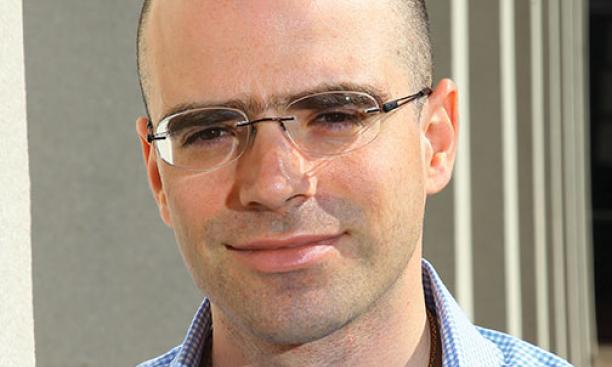

Professor Sylvain Chassang is proposing an overhaul of one of medicine’s sacred cows: the double-blind clinical trial.
Modern clinical trials intentionally rule out the effect of behavior in order to focus solely on the effects of the drug. That’s a mistake, says Chassang, a professor of economics and public affairs, because it potentially could miss out on effects that are triggered or enhanced by behavioral changes.
How drugs work can be dependent on or influenced by a patient’s behavior, Chassang point out. Imagine, he says, a new antidepressant that works by lowering social anxiety. To prove that it’s working, there’s one thing those taking it must do: leave the house. “If right now I am not engaging with people, and you give me this drug and I still don’t interact with people, the drug changes nothing,” Chassang says.
Double-blind clinical trials — in which one group is given a drug and another isn’t, with neither participants nor researchers knowing which is which — have long been the gold standard in medical research. By keeping participation information secret, the trials rule out lifestyle changes by those who suspect they are getting the drug — whether that’s antidepressant patients socializing more, or cholesterol-drug patients eating better.
Not all clinical trials are structured in the same way. Sometimes, 50 percent of participants are given the drug while the other half are given placebos; sometimes it’s 70 percent receiving the drug and 30 percent placebos. The results should be equally reliable so long as researchers accurately compare outcomes.
However, clinical guidelines require that patients be informed of the split. Chassang and several colleagues have found that in trials where more than 50 percent of patients were given the drug, patients changed their behavior: They were much more likely to stay in the trial.
“People who are not getting the effects they are hoping for will drop out, but if you think you are being treated, you are more likely to stick it out for a little longer,” he says. Patients who learn, for instance, that 70 percent of participants are getting the medication figure there’s a high chance they are receiving it, and they change their behavior based on that information. That, in turn, may alter the results.
To measure these behavioral effects, Chassang and his colleagues propose a 2x2 blind trial, in which participants are subdivided into two groups with different percentages in each group receiving the drug — say 50 percent and 70 percent. Measuring the difference between the groups would show what part of the effect, if any, was due to behavioral changes.
Adding that extra step to trials wouldn’t add significantly to cost, but it would add another layer of information, particularly for treatments with a strong behavioral component.
And 2x2 trials also could be valuable in trials conducted by economists and social scientists. Studies that measure the effectiveness of job-training programs, for example, would place those who self-select into such trials in one group and those chosen randomly in a second group, controlling for the thorny issue of selection bias.
